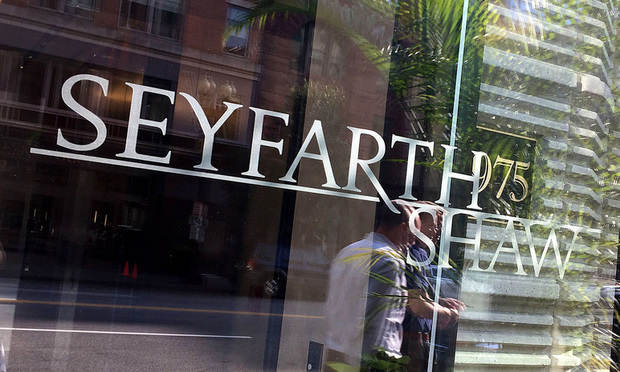Littler Mendelson | The employment-side firm took issue with the 2016 overtime rule for allegedly ignoring “Congressional intent” by shifting the balance of overtime status being determined by a minimum salary and the duties performed by the employee. The firm pushed for the salary threshold to be determined by the 2004 methodology, which calculates the 20th percentile for salaried employees in the South, the lowest-wage Census region, and retail industry. Under that level, the minimum salary level would be $32,000 per year, which the firm argues would screen out “obviously nonexempt employees.” The firm argued against multiple salary levels and different levels of exemption.
Littler Mendelson included a poll it conducted among companies. The survey touched on a question posted by the Labor Department about how companies are responding to the uncertainty surrounding this issue. “About half of the almost 900 responding employers implemented changes to comply with the 2016 final rule before the preliminary injunction was issued. Of the remaining respondents, 39.4 percent had made plans to comply, but did not implement; and 10.6 percent had taken no steps to comply.”
Fisher & Phillips | The firm argued against multiple salary levels and automatic updates to salaries. It pushed for a duties test of workers, which would set status of an employer based on what they do in that position, rather than a salary level. “As with the ‘salary basis’ concept, a salary-threshold requirement serves as a barrier to the exempt status or at least some employees who meet an exemption duties criteria. History has shown repeatedly that it is a fool’s errand to try to resolve an irresolvable question of whether the level is ‘too high,’ or ‘too low,’ or ‘just right,’ or should be set by region, by census area, with reference to employer size, and so on.”




